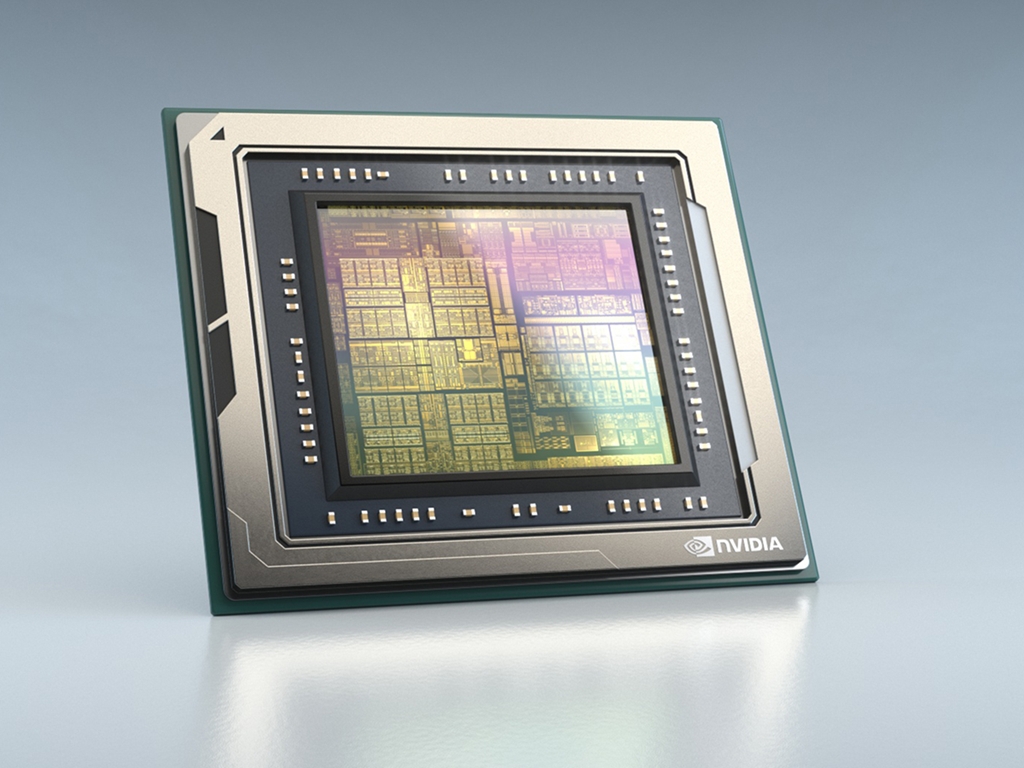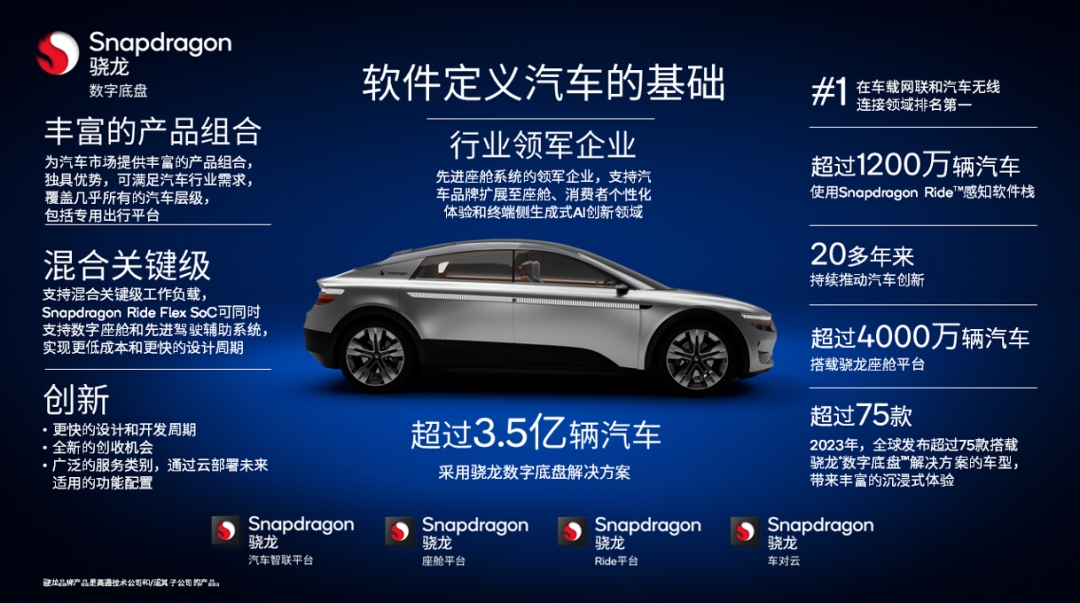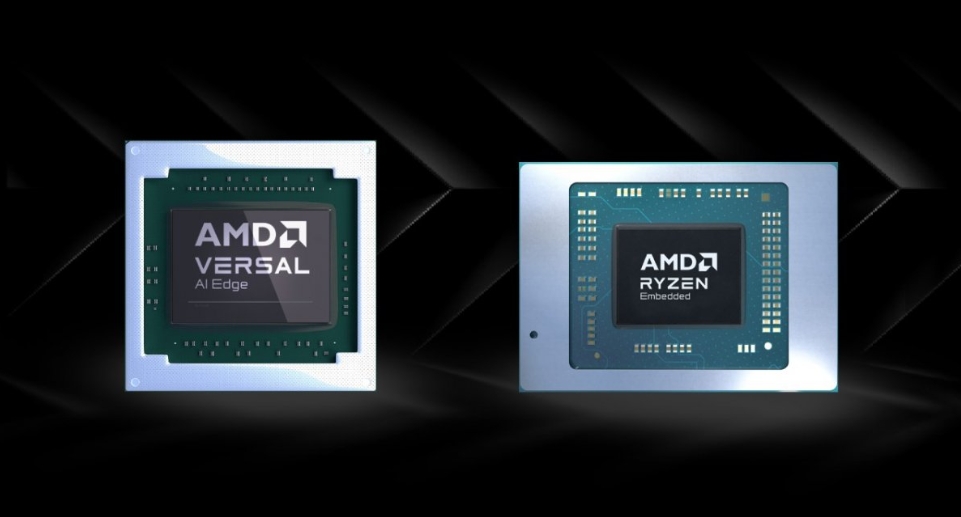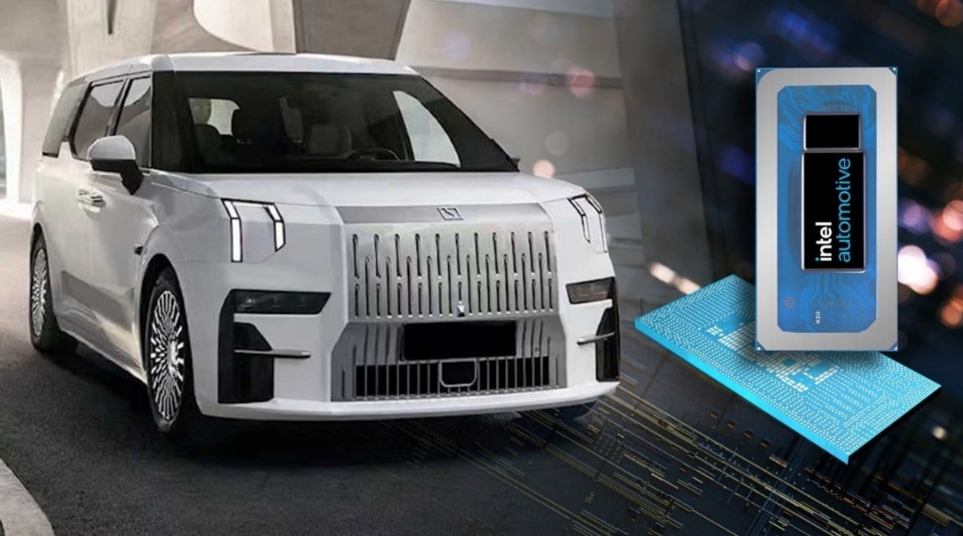As one of the world's largest and most influential exhibitions for consumer electronics and technology products, the International Consumer Electronics Show 2024 (CES 2024) kicked off on January 9 in Las Vegas, USA. Similar to the previous editions, smart cars continue to be one of the areas that attract the most attention at this year's show. NVIDIA, Qualcomm, Intel, AMD, NXP, Texas Instruments, Black Sesame Intelligence, VeriSilicon and other domestic and foreign head of the automotive chip companies, displayed a number of new products, new solutions and new ecology, covering smart driving, smart cockpit, artificial intelligence, electrification, automotive radar, software-defined automotive and other areas, showing that the field is "unprecedented vitality This shows that the field is developing rapidly with "unprecedented vitality".

Autonomous driving, still a "race to the bottom."
During CES 2024, NVIDIA (NVIDIA) unveiled the latest progress of the NVIDIA DRIVE series of automotive business, announcing that four Chinese electric vehicle brands: Ideal Motors, Great Wall Motors, Extreme Kryptonite, and Xiaomi, will all be using NVIDIA's DRIVE technology solutions to support self-driving features.

NVIDIA said that Ideal Automobile has selected NVIDIA DRIVE Thor in-vehicle computer containing two DRIVE Orin processors with an arithmetic power of 508 TOPS, which can fuse information from various sensors in real time to drive full-scene autonomous driving systems such as Advanced Assisted Driving System (ADAS), etc.; Great Wall Motors, Extreme Krypton, and Xiaomi are using NVIDIA DRIVE Orin platform to power their intelligent autonomous driving systems, of which Great Wall Motor's Coffee Pilot, an independently developed high-end intelligent driving system based on the DRIVE Orin platform, can support full-scene intelligent navigation and assisted driving functions without the need for high-precision maps; Extreme Krypton will utilize LIDAR + vision sensors, as well as a purely visual solution; and Xiaomi's first car, SU7, will be Built on a dual DRIVE Orin configuration, the assisted driving system is built using Xiaomi's self-developed large language perception and decision-making model, which can be adapted to all parts of the country and all types of roads. The outside world generally believes that the above cooperation shows that NVIDIA is facing stricter export controls by the U.S. Department of Commerce, but the willingness to expand in China is still very strong. Focusing on the Snapdragon digital chassis portfolio breadth, maturity and breakthrough innovation, with global automakers, tier-1 suppliers and ecosystem partners to shape the future of software-defined automobiles, is the core concept of Qualcomm (Qualcomm) revealed at CES 2024. To this end, Qualcomm not only showcased its Snapdragon Automotive Intelligence Platform, Cockpit Platform, Edge-side Generative AI, Ride™ ADAS Platform, Ride™ Flex SoC and other products, but also joined hands with a number of partners to demonstrate Qualcomm China's "circle of automotive friends".

During CES 2024, Chinese partners such as MagnaTech, Vehicle Link, and Smooth Smart Driving were the first to announce domain controllers built on Snapdragon Ride Flex to drive the rapid development of cabin-driver convergence.Snapdragon Ride Flex is a high-performance centralized computing SoC built by Qualcomm for automotive centralized computing platforms to simultaneously support digital cockpits.The Versal AI Edge automotive-grade adaptive SoC and the Ryzen™ (Razor) embedded V2000A series processor are AMD's newest products, ADAS and AD functionality.The Versal AI Edge automotive-grade adaptive SoC and Ryzen™ (Riptide) embedded V2000A series processors are among the automotive innovations AMD is showcasing at CES 2024. As AMD's first automotive-certified 7nm device, the Versal AI Edge SoC introduces an advanced AI engine that enables the device to be further optimized for a number of next-generation advanced automotive systems and applications, including front-view cameras, in-cabin monitoring, LIDAR, 4D radar, surround view, self-parking, and autonomous driving.

The Rui Long Embedded V2000A series processors are also built on a 7nm process and are based on the "Zen 2" core and high-performance AMD Radeon Vega 7 graphics. In addition to support for Automotive Grade Linux and Android Automotive, it is capable of delivering high-definition graphics, enhanced security features, and automotive software supported by a hypervisor. As a representative of local automotive chip companies, Black Sesame Intelligence currently has two main series of products, the Huashan series and the Wu-Tang series. Among them, Huashan series focuses on autonomous driving, including Huashan A1000, Huashan A1000L, Huashan A1000 Pro, Huashan A2000 and many other different products, the first three of which have entered mass production. The Wu-Tang series, on the other hand, focuses on cross-domain computing, aiming to cater to the cross-domain computing needs of intelligent vehicles by integrating autonomous driving, intelligent cockpit, body control and other computing functions into one chip. Taking Wu-Tang C1200 as an example, it is positioned as "the first vehicle-grade cross-domain multifunctional convergence computing platform for intelligent vehicles", and is a single chip that can satisfy cross-domain computing scenarios, including electronic rear-view mirror system, parking system, infotainment system, and in-cabin sensing system.
Embracing the New Era of Automotive Artificial Intelligence
During CES, an Intel demo showed 12 advanced workloads, including generative AI, e-reflectors, HD video conference calls and PC gaming. They run simultaneously on multiple operating systems, including hybrid critical use cases. The demo shows how automakers can consolidate legacy electronic control unit (ECU) architectures and integrate their proprietary customized solutions and AI applications to improve efficiency, manageability and scalability. Jack Weast, Intel Fellow, corporate vice president and general manager of the Automotive Division, said, "The Intel AI-enhanced software-defined automotive SoC integrates advanced AI PC technology and Intel data center technology to meet the demands of a true software-defined vehicle architecture." Geely's Extreme Krypton brand will reportedly be the first OEM to adopt Intel's new software-defined vehicle SoC family.

For its part, Qualcomm believes that edge-side generative AI will play a critical role in transforming the cockpit, ultimately delivering a powerful, efficient, private, safer and more personalized edge-side experience for drivers and passengers. To that end, the Snapdragon Ride platform employs a forward-looking architecture and data-driven development approach enabled by the Snapdragon Ride cloud solution, as well as generative AI emulation to deliver a wide range of apps, content and services, including natural and intuitive interactions, dynamic content updating, interactive voice control, and passenger privacy displays. In the future, with the fully automated paradigm shift from "smart co-driver" (AI assistant) to "auto-pilot" (AI decision maker), self-learning and self-healing capabilities will be key to detecting, analyzing, isolating, and fixing problems and keeping services up and running. This means: software will be able to rewrite and update itself and add new features to handle new inputs. Similarly, for self-driving cars, AI systems must learn from their own operating environment and make相应调整。
Continuing to build a new benchmark for intelligent cockpits
Diversified technologies and applications are continuously expanding the boundaries of the "intelligent cockpit", and in order to meet the needs of automobile manufacturers to create unique, differentiated and branded experiences, it is becoming a new trend in the industry to help create diversified cockpit functional innovations through comprehensive and scalable solutions, and to continue to promote changes in the cockpit experience. Qualcomm's most representative fourth-generation supreme Snapdragon cockpit platform (Snapdragon 8295), for example, the platform for the first time in the cockpit SoC to introduce a 5-nanometer process, and support for high-performance computing, computer vision, AI and multi-sensor processing and other functions, while having low-power and efficient heat dissipation design, but also for the cockpit system with the "ability to adaptive "From October 2023 to the present, the first mass-produced and announced Snapdragon 8295-powered new cars have been unveiled, including the new Mercedes-Benz E-Class, the Jie Yue 01, the Jie Krypton 001 FR and the Jie Krypton 007, the Geely Galaxy E8, the Xiaopeng X9, the Zeropeng C10, the Azure ET9, the Xiaomi SU7, and many others. Recently, Nezha Auto, Qualcomm and Carlink have entered into a strategic partnership where Carlink will build its latest generation of Cockpit Domain Controllers based on the fourth-generation flagship Snapdragon Cockpit Platform (Snapdragon 8255), which will debut in Nezha Auto's Shanhai Platform 2.0 model.
You need to be able to do the math as fast as you can.
Improving radar performance for smarter ADAS decision making, greater vehicle safety and autonomy is a core requirement for many automakers. Especially with the current software-defined vehicle trend, many OEMs are looking to easily and quickly migrate their current radar platforms to the new software-defined vehicle architecture.

To this end, NXP has introduced a new 28nm RFCMOS radar single-chip SAF86xx series, which is expected to be able to stream a large amount of low-level radar sensor data at speeds of up to 1Gbit/s through the integration of a high-performance radar transceiver, a multi-core radar processor and a MACsec hardware engine, and whose detection range has been extended to more than 300m for more reliable detection of small objects, such as curbs, as well as vulnerable road users, such as cyclists and pedestrians. The detection range has also been extended beyond 300 meters, enabling more reliable detection of small objects such as curbs and vulnerable road users such as cyclists and pedestrians. When combined with the S32 high-performance processor, in-vehicle network connectivity and power management to form a complete system solution, it further paves the way for advanced software-defined radar. In the field of automotive radar more than NXP a force, the current CES, Texas Instruments (TI) also introduced a single chip radar sensor AWR2544 designed for satellite architecture. the chip uses a waveguide interface package (LOP) technology to support the installation of 3D waveguide antenna on the other side of the printed circuit board, not only in one fell swoop to the sensor's size reduced by up to 30%, but also make the sensor range This not only reduces the size of the sensor by up to 30%, but also extends the range of the sensor to over 200 meters. In the satellite architecture, the radar sensor uses sensor fusion algorithms to output partially processed data to the central processor for ADAS decision making, and utilizes 360-degree sensor coverage to achieve a higher level of vehicle safety. As a result, the AWR2544 can support a wide range ofADAS applications and architectures, including sensors for corner radar, front radar, imaging radar, side radar, and rear radar systems.
Unlocking a more sustainable electrified future
Intel's acquisition of Silicon Mobility, a fabless automotive chip and software company that designs, develops and deploys energy management SoCs for electric vehicles, is one of the more interesting events at this year's CES. As an automotive chip company co-invested by Cipio Partners and Capital-E, Silicon Mobility's SoC has industry-leading gas pedals designed for energy transfer, which are integrated with highly advanced software algorithms to significantly improve automotive energy efficiency. Intel said that although the acquisition is still subject to the necessary regulatory approvals, there is no doubt that Silicon Mobility's advanced technology will help Intel further expand its presence in the automotive field, extending from high-performance computing to smart and programmable power devices. Meanwhile, to more smoothly drive the shift to electric and sustainable software-defined vehicles, Intel has also announced with SAE International the formation of a committee to provide an automotive standard for vehicle platform power management (J3311). Inspired by the proven power management technologies in the PC industry's ACPI standard, the new SAE standard is said to accelerate the transition by adopting and enhancing the PC industry's advanced power management concepts to help make all electric vehicles more energy efficient and sustainable. The standards committee, which currently includes representatives from Stellantis, HERE and MPS, is expected to submit its first draft standard within 12 to 18 months. In addition, with the trend toward software-defined vehicles, designers are challenged to develop smarter, more advanced battery management systems (BMS). To this end, TI introduced two highly integrated and support software programming driver chip: fully integrated contactor driver DRV3946-Q1 and fully integrated burst tube driver DRV3901-Q1, able to BMS or other powertrain systems in the high-voltage disconnect circuit for safer and more efficient control, significantly reducing the development time of automotive engineers.

concluding remarks
As the "New Four" of automobile enters the second half, from intelligent cockpit to cabin-driver integration and intelligent driving; from battery management system, high-efficiency power devices to software-defined automobile, the automobile industry's technological innovation and digitalization changes are accelerating, and a new era of more scalable, software-defined, and sustainable automobile is approaching.